Ready for a trip of a lifetime? From sizzling flamenco and architectural wonders to mouth-watering food, Spain has it all! In this guide, we'll whisk you away for an 8-day whirlwind tour of Spain's most magical experiences.
Prepare to be seduced by the culture and beauty of the country, with something new and exciting every day to make your journey smooth and unforgettable. Jump into the heart of Spain and let it take over your senses. Enjoy every minute!
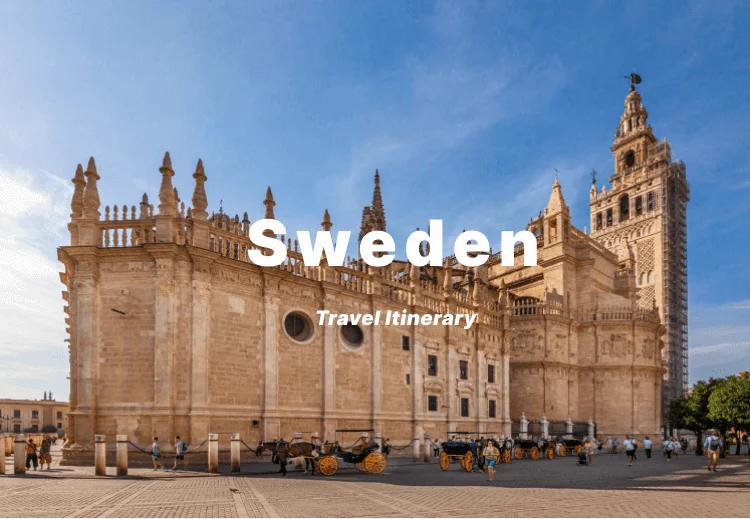
1. Considerations When Planning Your Spain Travel Route
When planning your Spain itinerary, there are several key points to consider to ensure a successful and enjoyable trip:
Budget: How much you have to spend will dictate much of your choice on where to eat, sleep and play.
Accommodation Options: Whether you're a backpacker or a luxury traveller can drastically affect your overall experience.
Time of Year: The weather in Spain can vary dramatically, so think about the best times to take in everything you want to see and do.
Interests and Activities: Be it history, beaches or food, tailor your trip to suit your interests.
Health and Safety: Make sure you read up on the latest travel advice and health information.
Travel Restrictions and Visas: Make sure you've got all your relevant paperwork ready before you leave!
2. Ideal 8-Day Spain Travel Itinerary
So, what is the best travel plan? Here's an ideal itinerary that captures the essence of Spain’s most iconic cities, blending cultural exploration with leisure activities. Let’s have a look!
Route Overview
Over 8 days you’ll visit Spain’s lively capital Madrid, the historic cities of Seville and Granada, and finally cosmopolitan Barcelona. At each stop, there are suggestions for things to do before you move onto the next destination.
Spain 8-Day Trip Table
Day | Destination | Recommended Activities |
1 | Madrid | Main square, San Miguel Market, Royal Palace, The Omar for dinner, Puerta del Sol, Prado Museum, Retiro Park |
2 | Madrid-Seville | Reina Sofia National Art Center, train to Seville, Flamenco at Teatro Flamenco Theater, City Parasol, Isabel II Bridge |
3 | Seville-Granada | Spanish Royal Palace, Seville Cathedral, train to Granada |
4 | Granada | Cathedral, Alhambra Palace, Generalife Summer Palace, Alcazaba, Nasrid Palace, Mirador de San Nicolas, Albaicin District |
5 | Granada-Barcelona | Perfume Museum, flight to Barcelona, dinner at Cerveseria Catalana, Gothic Quarter, Barceloneta Beach |
6 | Barcelona | Casa Milà, Casa Batlló, lunch at Vinitus, Sagrada Familia, El Carmel for sunset |
7 | Blanes | Jardi Botanic Marimurtra, Tossa de Mar, return to Barcelona |
8 | Barcelona | Thanksgiving Avenue, El Corte Ingles, duty-free shops |
Detailed Itinerary for Each Day
Day 1: Madrid - Arrival and Exploration
Today, we'll tour a selection of must-visit landmarks, from royal palaces to bustling markets, each offering insight into spirited Spanish life.
What to Do
Plaza Mayor: This historical square is Madrid's vivacious core. Surrounded by grand architecture, witness street performers and buskers, giving you an immediate feel for the vibrancy of Spain.
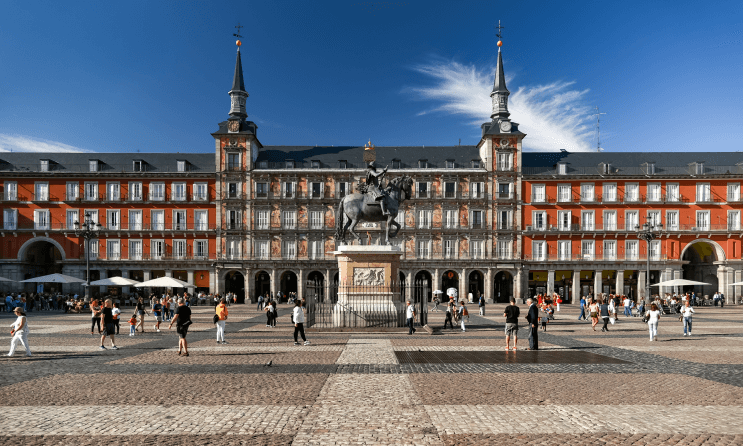
Mercado San Miguel: Located near Plaza Mayor, this market hall is a food lover's heaven. Sample a range of Spanish tapas and talk to the locals, immersing yourself in the lively culinary culture of Madrid.
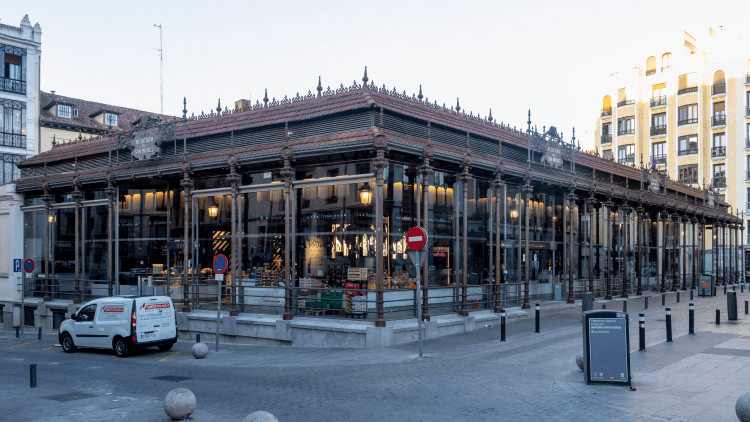
Palacio Real: The official residence of the Spanish Royal Family, the palace gives a taste of Spain's kingly past, while the building and surrounding gardens offer splendour for architecture and history buffs.
Restaurante El Omar: Finish your sightseeing with a meal at this fondly-regarded restaurant. Dine on some of the best traditional Spanish cuisine in delightfully cosy surroundings.
Puerta del Sol: Another central area, this square is Madrid's social hub, home to the famous Bear and Strawberry Tree statue. Take a moment for a bit of people-watching and absorb some of the city's buzz.
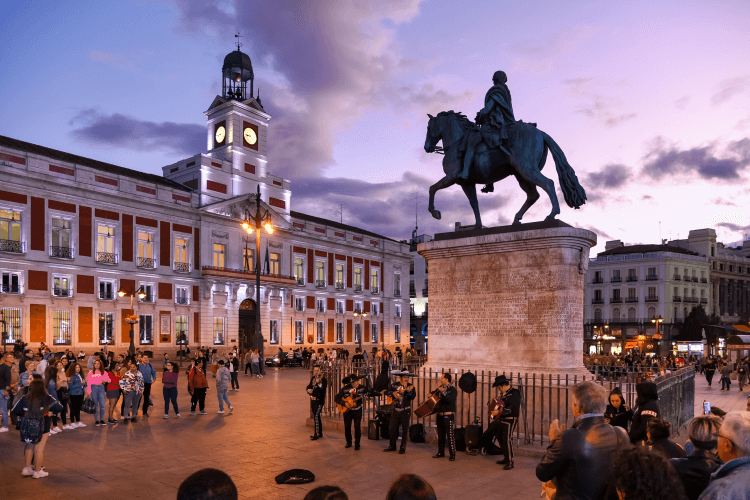
Museo Nacional del Prado: A delight for any art fan, this museum contains one of the finest European art collections. From Goya to Velázquez and beyond, you'll find enlightenment in the world of painting.
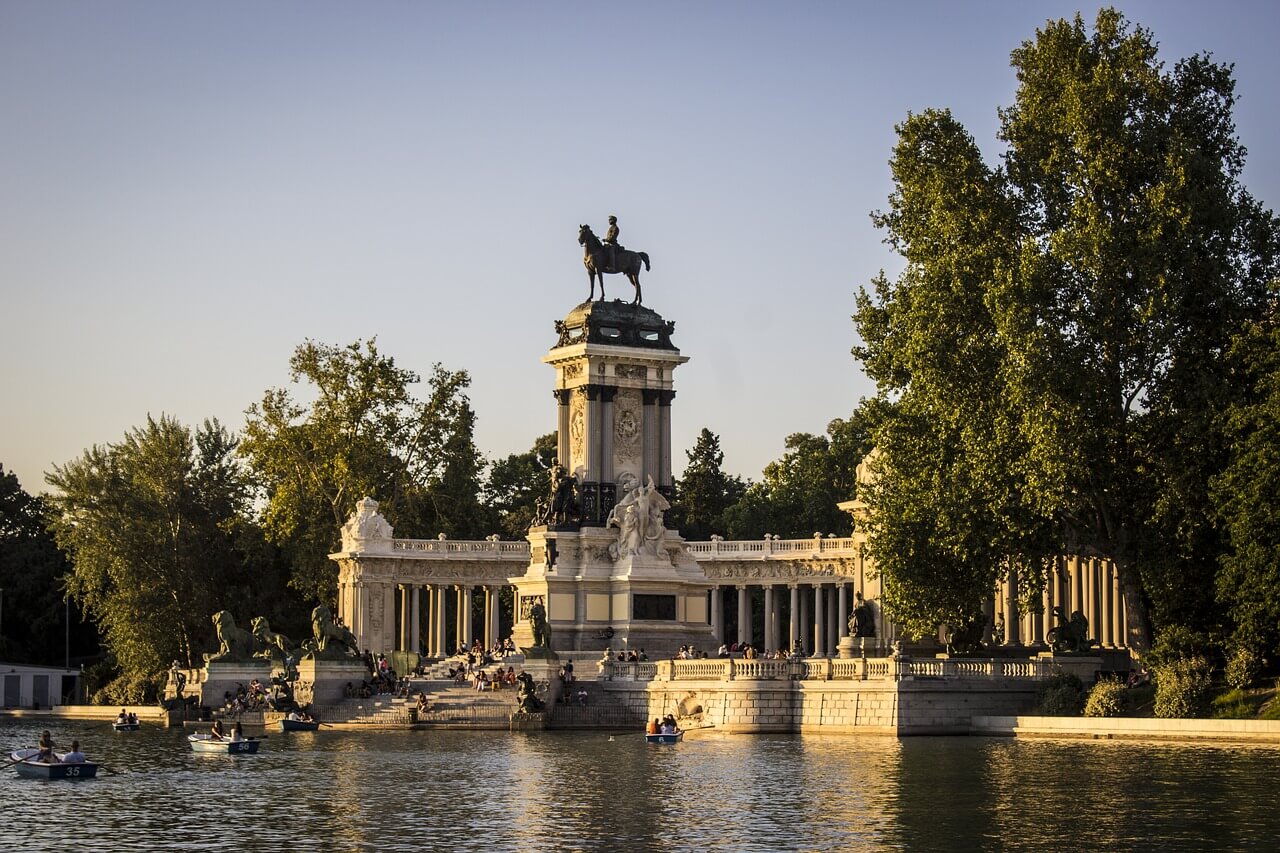
Parque del Buen Retiro: This massive park is a haven of calm, with lush gardens and expansive lake. Stroll, boat, or relax beneath the boughs of ancient trees.
Where to Stay: Opt for central Madrid, keeping all this and the city's nightlife in easy reach.
Pre-book tickets for the likes of Palacio Real to save time. Visit Museo Nacional del Prado in the late afternoon to enjoy its free hours and fuse education with savings.
Day 2: Madrid to Seville
Start your Spanish adventure in Madrid for some of the world's most famous modern art, then head to Seville for an all-round cultural buffet.
What to Do
Reina Sofia National Art Center: Showcasing major works by Picasso and Dalí, it's one of Madrid's art institutions, and that's really saying something – the power of Picasso's "Guernica" has to be seen to be believed.
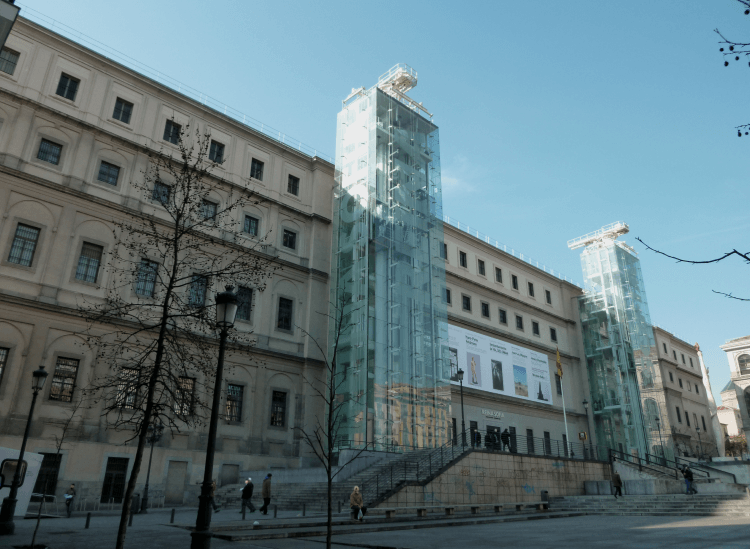
Train to Seville: A high-speed rail trip through the picturesque Spanish landscapes, combining speed and beauty before Seville's aesthetic charm takes over
Flamenco at Teatro Flamenco: Seville is the heartland of flamenco dance, and an annual pilgrimage town for thousands of performance enthusiasts.
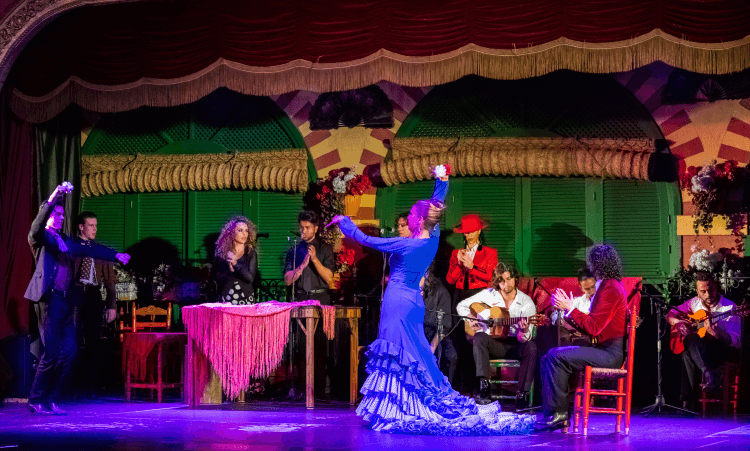
Metropol Parasol: The locals know it as Las Setas – the mushrooms. This curious structure is a great place to snap some photos and enjoy great views of Seville's layout
Isabel II Bridge: Sunsets here, with the river reflecting the colors of the sky, are the stuff of romance – lovely spot to take a romantic evening walk
Where to Stay: Being in the historic center means you'll be on the doorstep of cultural attractions, titanic nightlife, and just a pinch of authentic, local-fed touristy spots
Book your train tickets early not only to save on fares, but to get the best seats and amenities for the ride. A night tour of the city's sites is a totally different experience, and one that feels genuinely magical.
Day 3: Seville to Granada
Delve into the wonders of history in Seville then continue to the imposing allure of Granada, where the historical and the beautiful blend together as one.
What to Do
Spanish Royal Palace (Alcázar of Seville): A showcase of Spain's architectural and historical layers earning it a UNESCO World Heritage status, this Moorish palace and its beautiful grounds are relaxing escapism in lavish surrounds.
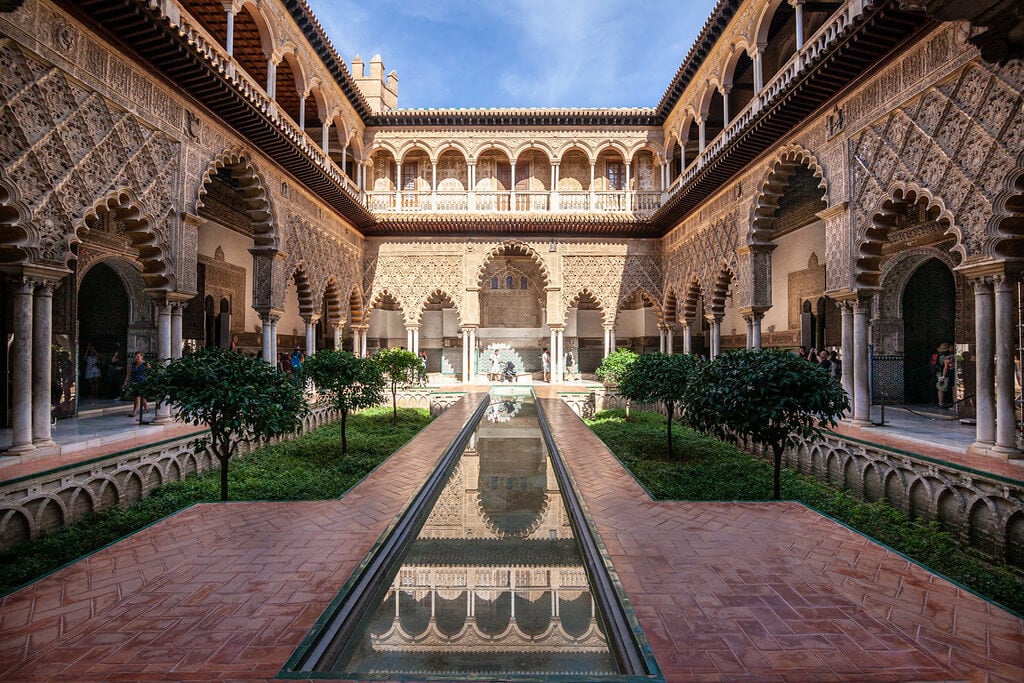
Seville Cathedral: The largest Gothic cathedral in the world, this is not to be missed. Climb the Giralda Tower for unrivaled views over the city – a truly awe-inspiring sight.
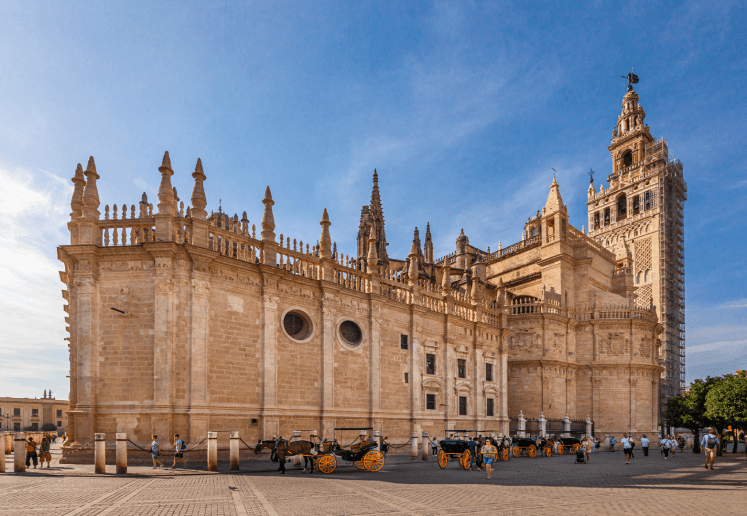
Train to Granada: The train ride to Granada offers a chance to relax and take in the picturesque Spanish countryside, transitioning from Seville's rich history to Granada's romantic vistas.
Where to Stay: Plenty of hotels and accommodations are situated near the Alhambra, making it practical to explore the next day.
The Alhambra often sells out, so make sure to book tickets in advance. For a quieter visit to Seville Cathedral, try to arrive early to avoid the masses.
Day 4: Granada - Historical Exploration
Explore Granada's magnificent Moorish legacy with these unforgettable locales.
What to Do
Cathedral: The Renaissance-style cathedral is architecturally stunning, and the Royal Chapel inside houses the tombs of Ferdinand and Isabella, giving a royal sparkle to your visit.
Alhambra Palace: A masterpiece of Islamic art, the Alhambra's ornate decoration and lush grounds make it one of Spain's must-see wonders.
Generalife Summer Palace: A retreat for Nasrid rulers during summer, the Generalife offers terraced gardens and tranquil spaces – perfect for avoiding city life for a little while.
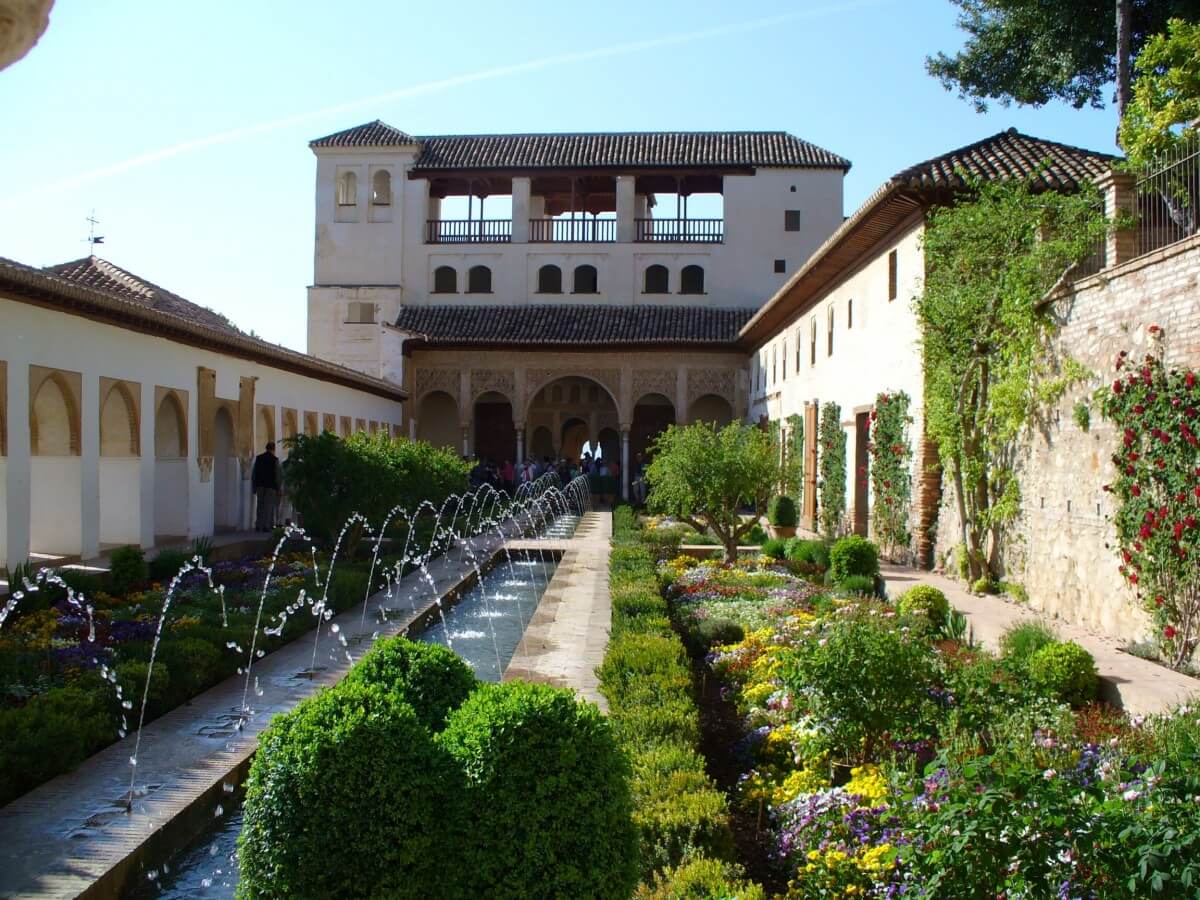
Alcazaba: The oldest part of the Alhambra, this fortress offers a historical vantage over Granada and its military history, a spot both powerful and fascinating.
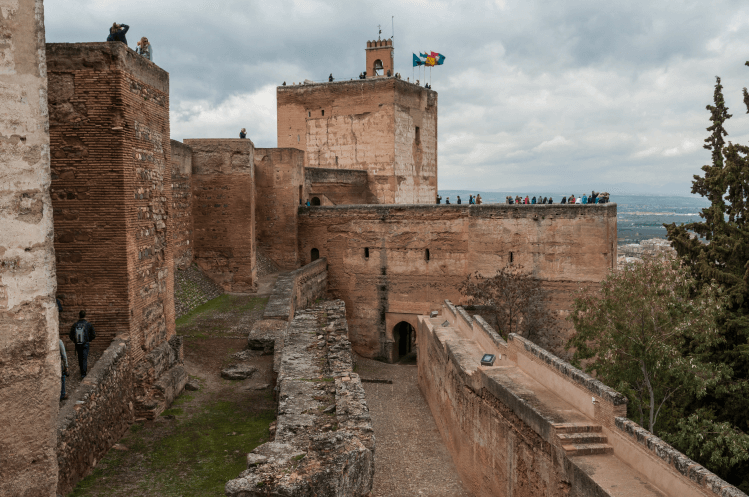
Nasrid Palace: The palace complex is a wonder of Moorish style, with stucco adornments and tiled mosaics that will have you gaping in awe, a taste of the artistry of the Nasrid dynasty.
Mirador de San Nicolas: Arguably the best place to watch sunset fall on the Alhambra, this viewpoint is adored by tourists and locals alike, the site turning the palace golden in the evening light.
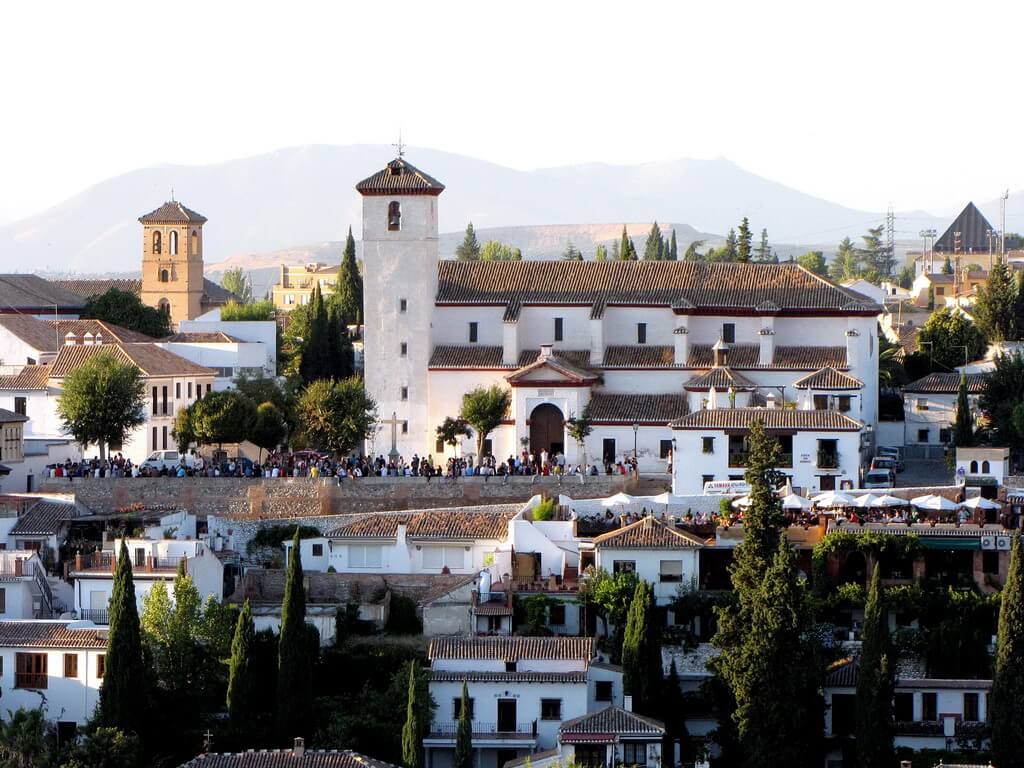
Albaicin District: Wander the narrow alleyways of this historical district for a slice of traditional Andalusian life. The cozy plazas filled with whitewashed homes offer a peek at Granada as it once was.
Where to Stay: Choose lodgings in central Granada for easy access to the city's attractions and a good variety of eateries.
Wear comfortable shoes – Granada is all slopes and steps. For a deeper experience, tours of the Alhambra are available, and worth the time to get the stories behind the walls.
Day 5: Granada to Barcelona
Explore the wonders of Granada before catching a plane ride this afternoon to glamorous Barcelona.
What to Do
Perfume Museum: The Museo del Perfume gives a fascinating insight into the art of creating scents. An intriguing, and unique, experience as you are led through different scents during your visit.
Flight to Barcelona: Less time travelling means more time to explore the vibrant city of Barcelona! A short flight brings you to your next destination.
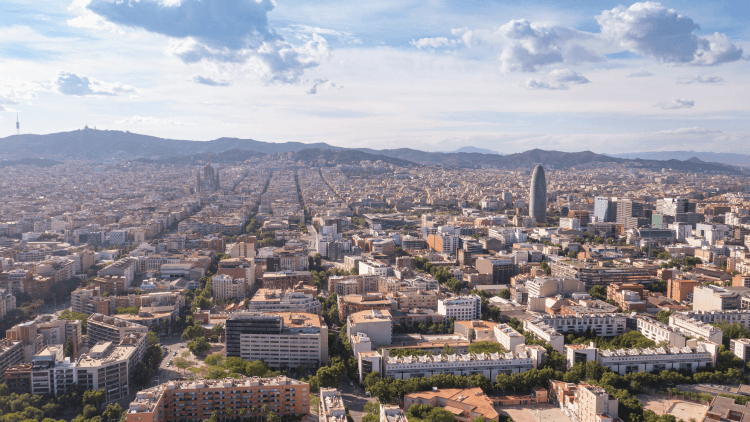
Dinner at Cerveseria Catalana: Sample tapas and regional dishes at Cerveseria Catalana. A lively atmosphere and local delights make this the ideal spot for your first dining experience in Barcelona.
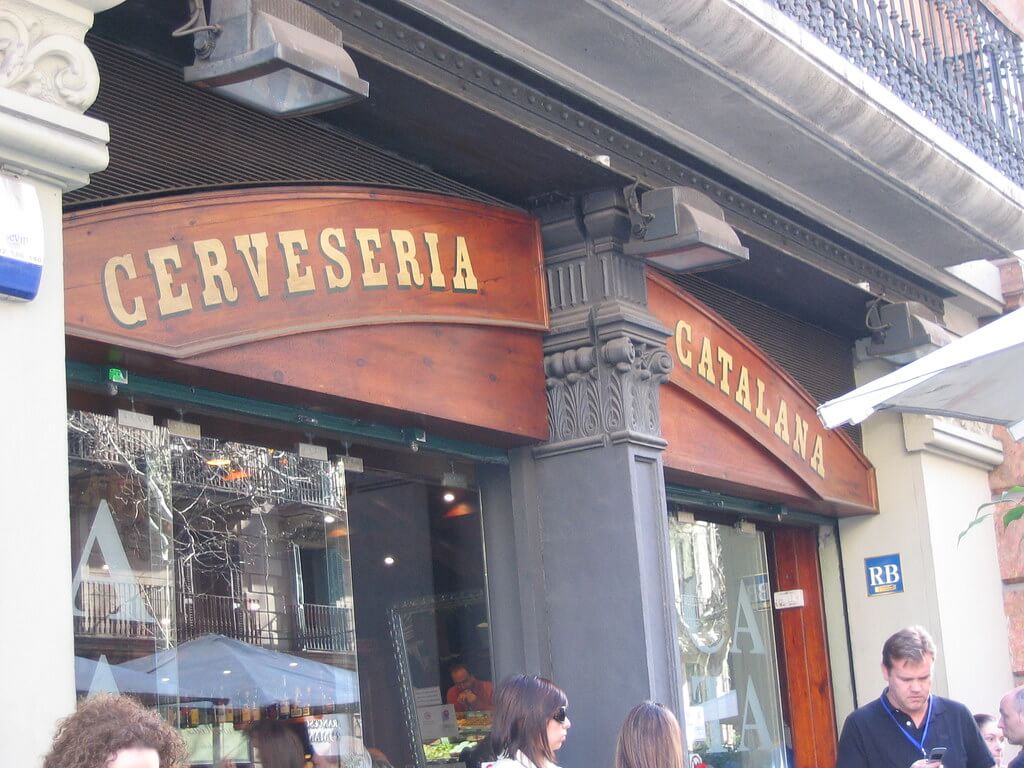
Gothic Quarter: Take a walk through the winding medieval streets of the Gothic Quarter and stumble upon centuries-old buildings or charming squares.
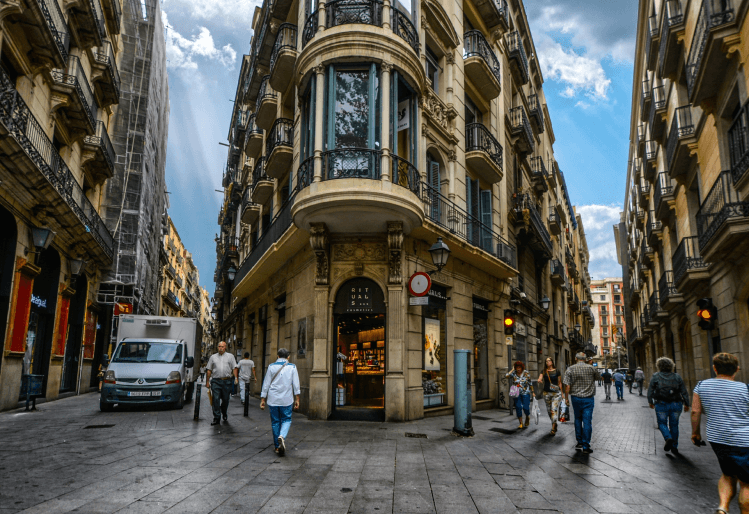
Barceloneta Beach: Spend the evening walking along Barceloneta Beach, relaxing and taking a swim if you wish. Soothed by the waves and calming sea air, it’s the perfect place to wind down.
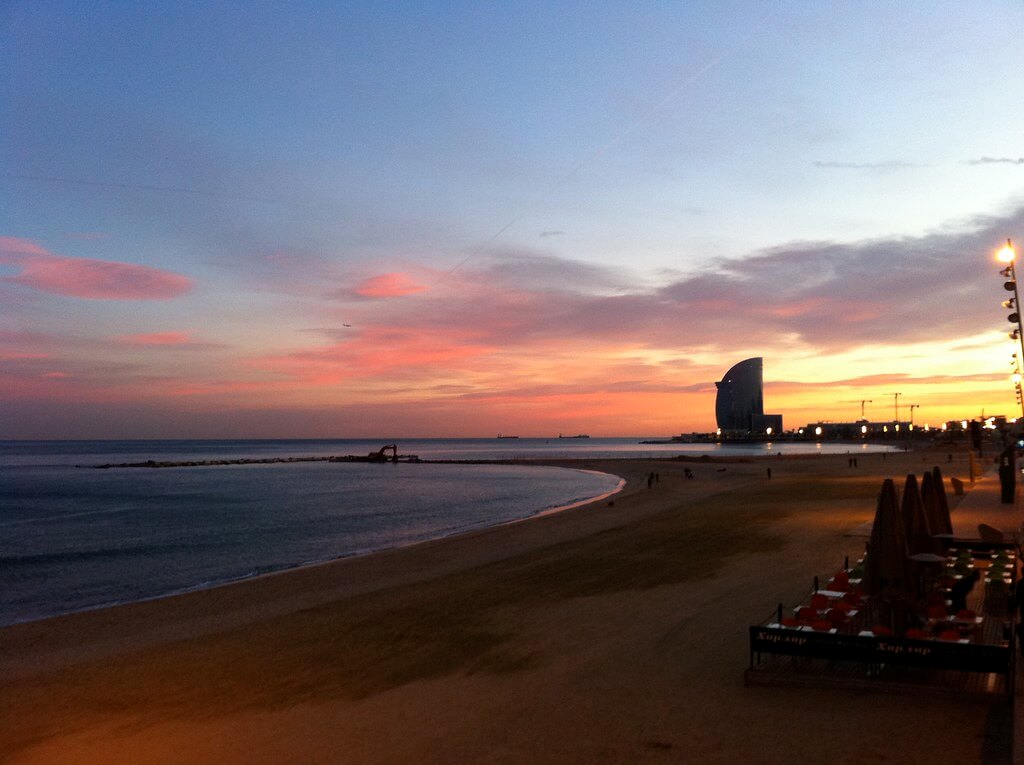
Where to Stay: Select a hotel in Barcelona city center for easy access to the main sights and the best of the nightlife.
Pre-book your flights and transfers for a smooth trip. Barcelona’s public transport system is simple to understand and use, so don’t be afraid to hop on a bus or metro!
Day 6: Barcelona - Architectural Wonders
Indulge in the architectural genius and artistic splendor of Barcelona, with every location a feast of history and creativity.
What to Do
Casa Milà (La Pedrera):Gaudí's otherworldly building,where the bricks seem to ripple and morph icily as you gaze, while sinuous sculptures morph and twist along its façade. The rooftop will afford you stunning city panoramas and intimidatingly up-close look at its idiosyncratic chimneys.
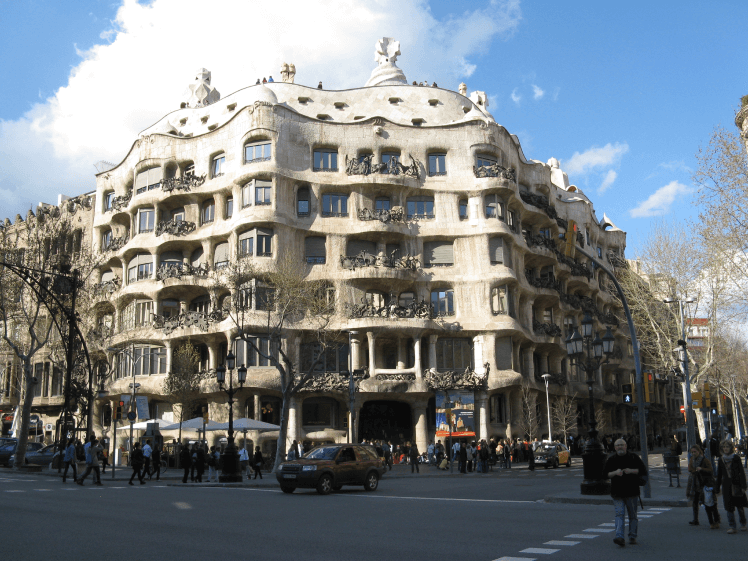
Casa Batlló: The façade is just as much a spectacle, awash in colours and shapes no geometry has ever conceived, but it also the cosmos of Gaudí's mind transposed into architecture. Exploring inside is like stepping into a hallucination.
Lunch at Vinitus: A chance to sample the delights of traditional Catalan food,leaping from the plate in a festival of colour and flavour, all while bathed in a bustling atmosphere.
Sagrada Familia: Gaudí's masterwork, never finished, but drawing curious eyes even back to the 19th Century. The twisting spires, jagged façade and flowing interior are windows straight to the architect's soul.
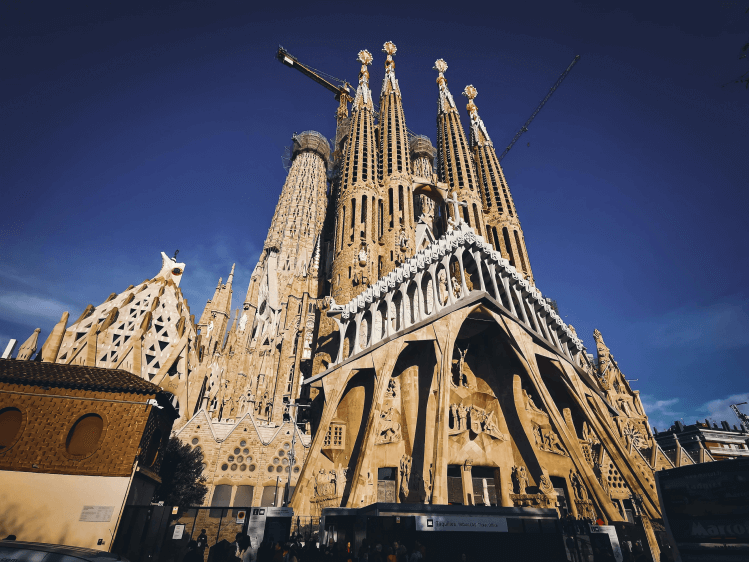
El Carmel: A local hill in the district, rising on the edge of the city,El Carmel affords some of Barcelona's finest panoramic views, perfect for a sun setting. Here, historic bunkers eke a little modern history into the views.
Where to Stay: Again, Passeig de Gràcia will be nearby, with a wide choice of good quality hotels, and easy access to Gaudí's work.
Skip-the-line tickets can be the best money you ever spend, saving you queue times at the busiest attractions months in advance.
Day 7: Blanes - Coastal Beauty
Journey to Blanes for a lovely day trip that takes you to beautiful gardens, pretty coastal towns, and far away from Barcelona’s urban energy.
What to Do
Jardi Botanic Marimurtra: Not far from Blanes centre, this botanical garden is a sanctuary and boasts one of the best plant collections in Europe. Beautiful pathways wind through the collection, which looks out over the sea and the town, creating a peaceful experience for nature lovers.
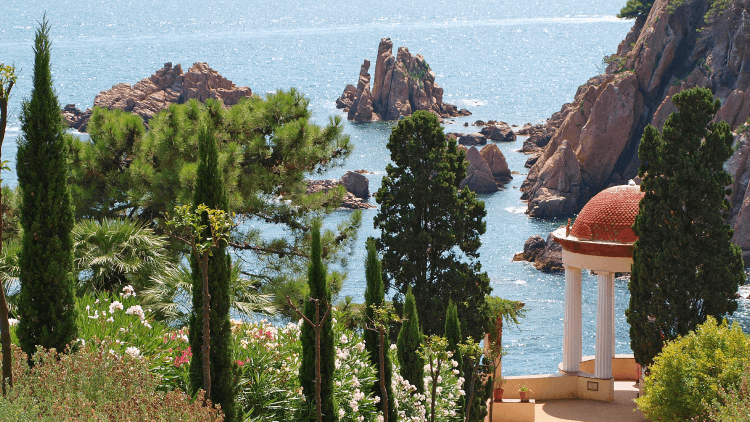
Tossa de Mar: This gorgeous town is notable for its beach and medieval Castle. The walled old town, with its narrow roads, is a delight to explore and has a uniquely historical feel.
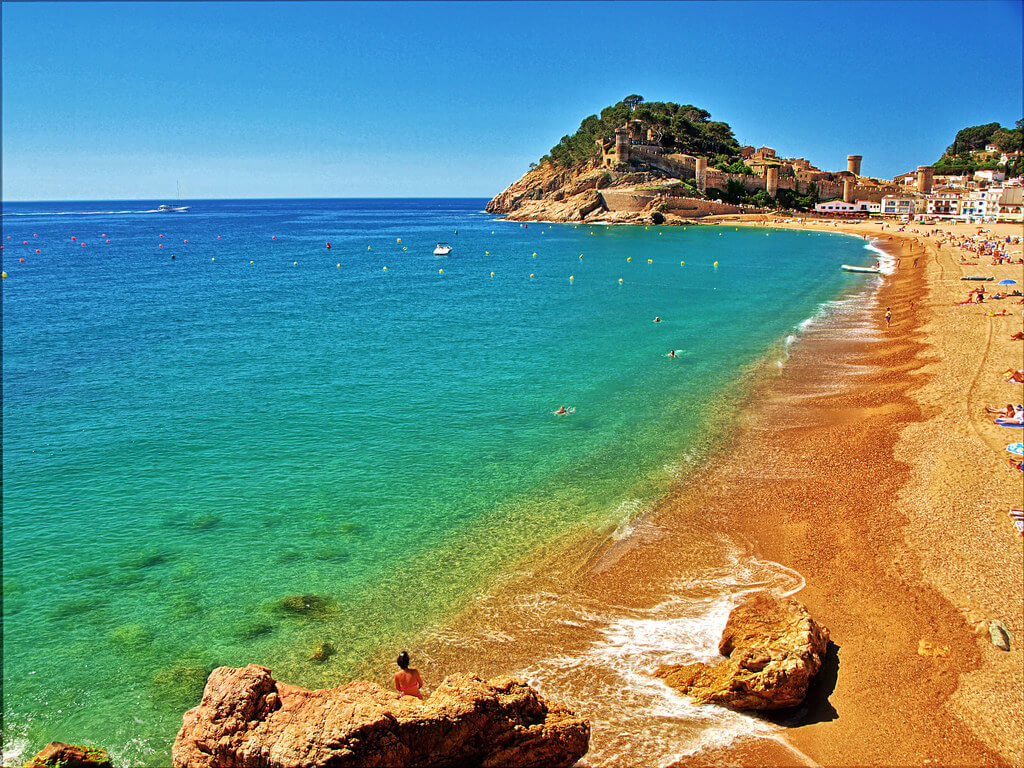
Return to Barcelona: After a day of beautiful sights and historic marvels, head back to Barcelona to relax. Whether you want to party, or have a quiet meal, there's something to suit all tastes in the city.
Where to Stay: We recommend returning to your Barcelona hotel. Not only will you be close to the transport links to and from your day trip, but also the evening's activities.
If you’re hoping to make the most of your day on the Costa Brava, remember to check transport timetables to ensure you don't spend too much time travelling. Also, pack swimwear to take a cooling dip off the sunny beaches at Tossa de Mar.
Day 8: Barcelona - Final Day
Finally, bring your adventure to a close with a spot of retail therapy at Barcelona’s shop-tastic districts and a final taste of the local cuisine.
What to Do
Avinguda del Portal de l’Àngel: This bustling shopping street – the fifth most crowded in the world – is crammed with stores and cafes, the perfect place to splash some cash on your last-minute shopping wishes, with local outlets nestling up to international brands.
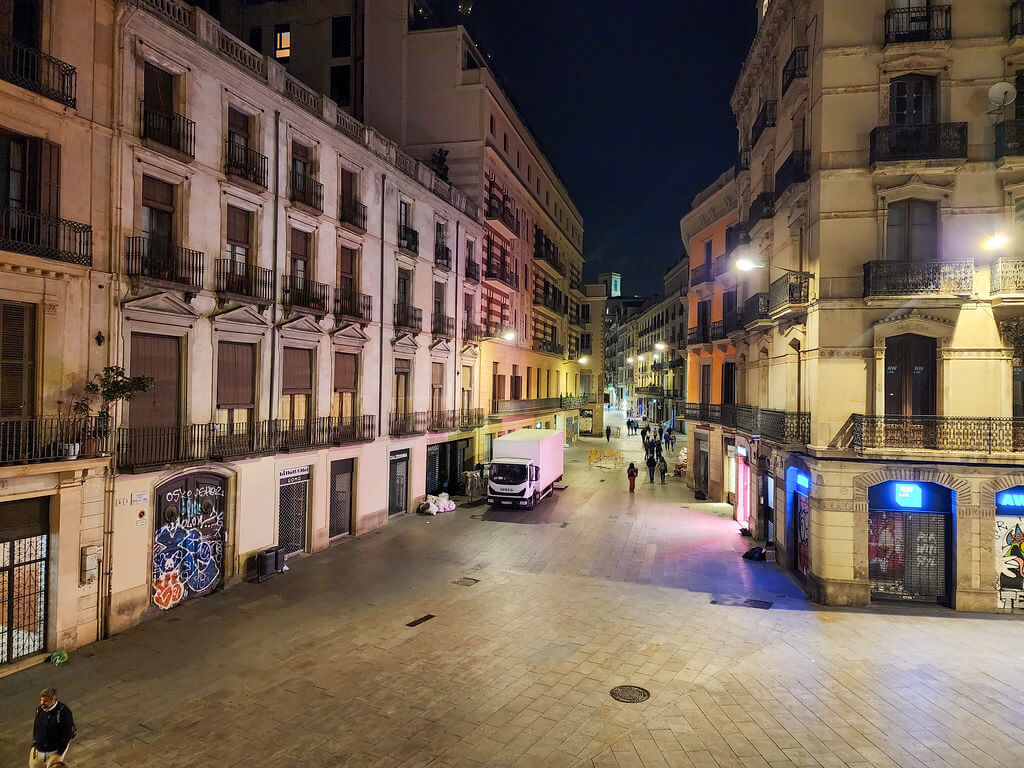
El Corte Ingles: Spain’s biggest department store is a one-stop shop for everything from high-end fashion to quirky souvenirs, ensuring you can pick up any neglected essentials.
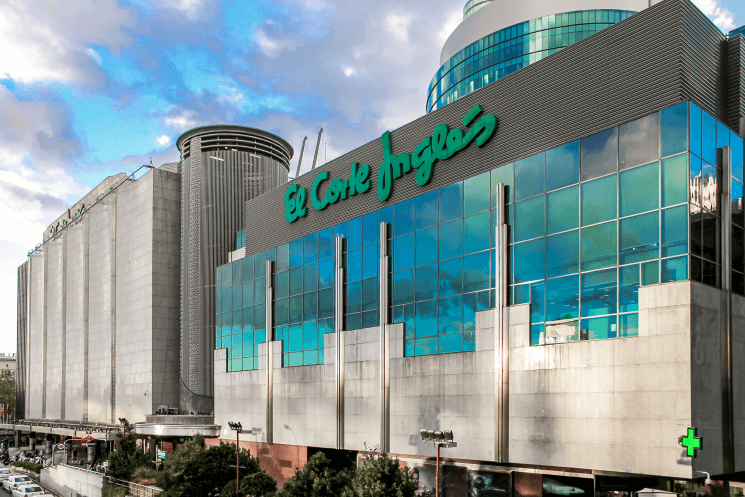
Duty-Free: Cherry-pick souvenirs, luxury items and local foods – all tax-free – from the airport’s duty-free shops before you board your flight.
Where to Stay: A hotel near the airport will ease your homeward transition, and provide one last good night’s sleep before journey’s end.
Double-check you have passports, tickets and luggage prepared for your flight. End your holiday on a high note by dining at one of Barcelona’s many excellent eateries – the perfect capsheaf to your Spanish sojourn.
Tips for Shortening/Extending the 8-Day Route
Shortening: Skip Blanes or reduce time in Madrid and Granada to fit a shorter schedule. Focus on the highlights and streamline travel days.
Extending: Add days in Seville or explore additional cities like Valencia or Bilbao to enrich your experience. Consider side trips to smaller towns and villages for a more in-depth exploration.
3. Top 10 Foods and Drinks in Spain
Spain is known for its bold flavors and a wide range of ingredients, making its cuisine as varied and exciting as the culture. Here are ten of the best local dishes to try while you’re in town.
1. Paella
Originally hailing from Valencia, paella is a rice dish cooked with saffron and includes a range of ingredients – traditionally, fish or rabbit, sometimes chicken. The saffron-infused rice is cooked with the protein and vegetables in a wide, thin pan.

2. Tapas
Options include patatas bravas (fried potatoes in a spicy sauce), gambas al ajillo (garlic prawns) or chorizo, and is a social way of dining.
3. Gazpacho
This cold tomato soup is Andalusian at heart. Combined with ripe tomatoes, cucumbers, bell peppers, onions, garlic, and olive oil.
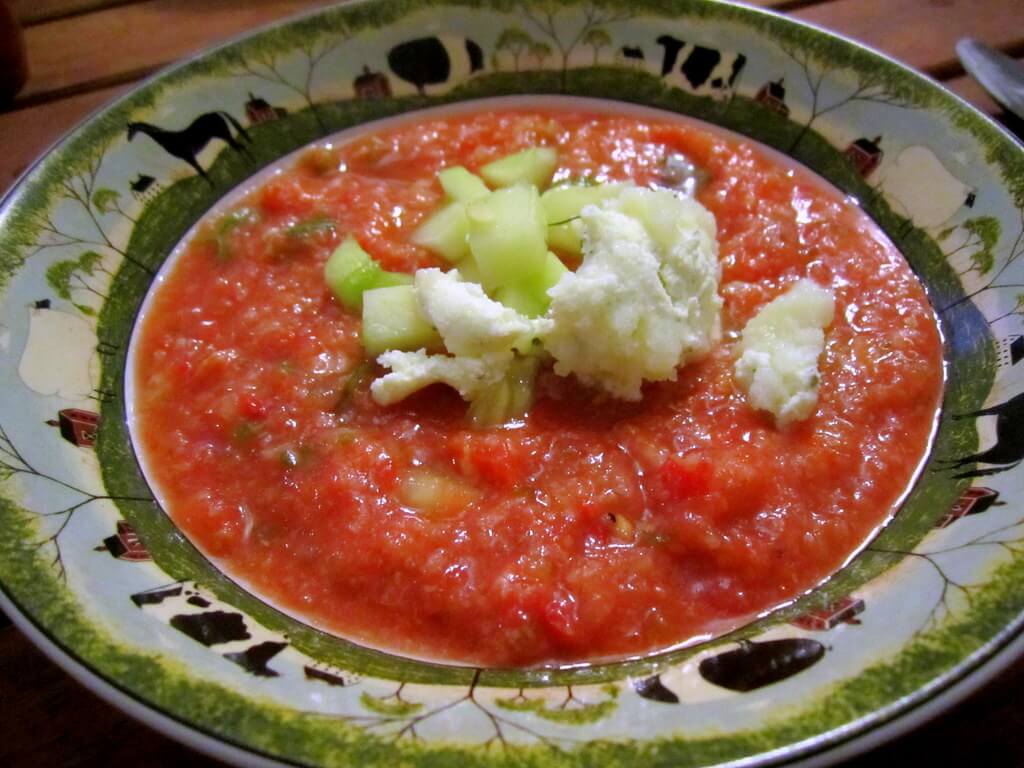
4. Jamón Ibérico
Considered a delicacy, this cured ham comes from black Iberian pigs and has a rich, nutty flavor. Often served thinly sliced with bread, or part of a tapas selection.
5. Tortilla Española
A favorite from many a Spanish grandmother, this simple omelette consists of potatoes and onions fried in olive oil, served hot or cold, and found as a tapa or as a lunch dish in its own right.
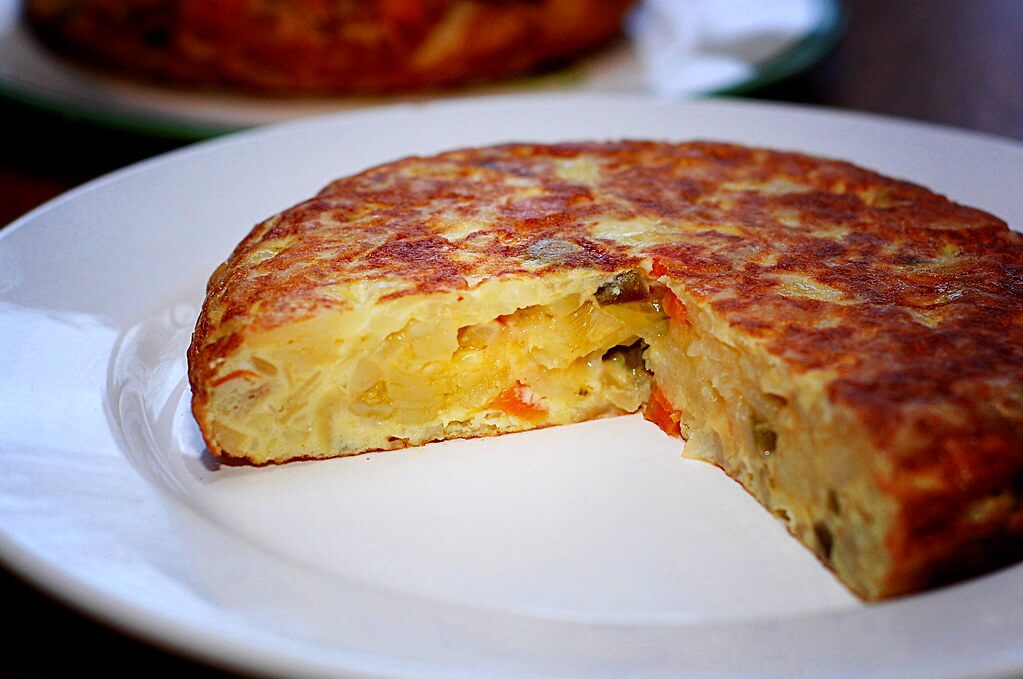
6. Churros
Usually eaten for breakfast or as a snack, these fried dough pastries are often dipped in a thick, hot chocolate. Crispy on the outside, but soft inside, churros are a ubiquitous festival food.
7. Patatas Bravas
Crisp, fried potatoes served with a spicy tomato sauce, patatas bravas are a favored dish in many tapas bars.
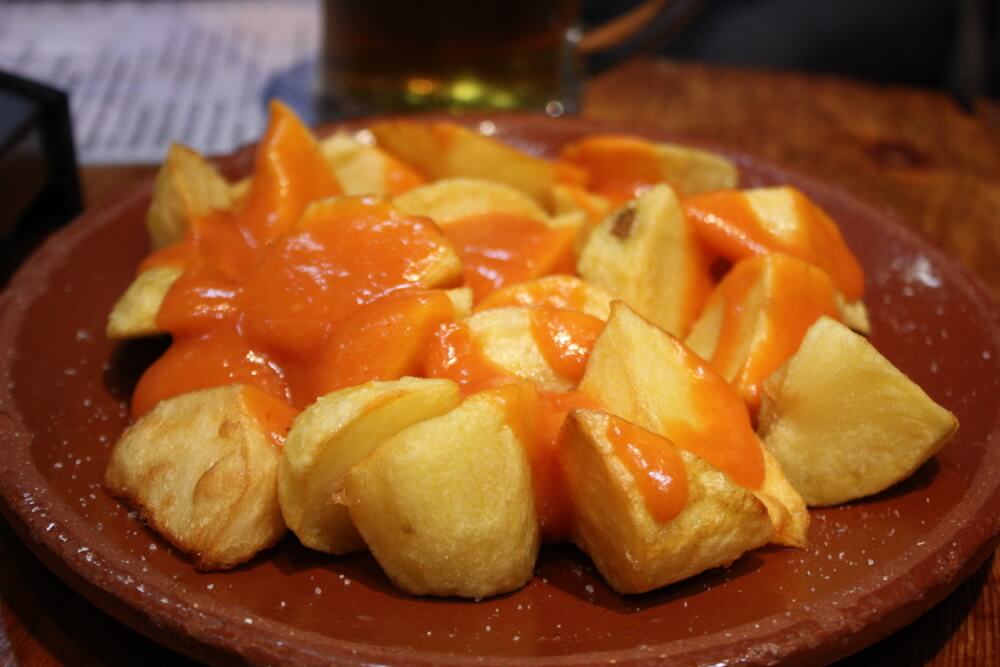
8. Sangria
A drink, sangria is a red wine punch mixed with chopped fruit – apple or lemon are common add-ins – and can include orange juice, brandy, or a host of other ingredients.
9. Pulpo a la Gallega
From Galicia, on the Atlantic coast, pulpo a la Gallega is a simple octopus dish that’s lovingly finished with olive oil, paprika, and sea salt. The octopus is boiled until tender then sliced thinly.
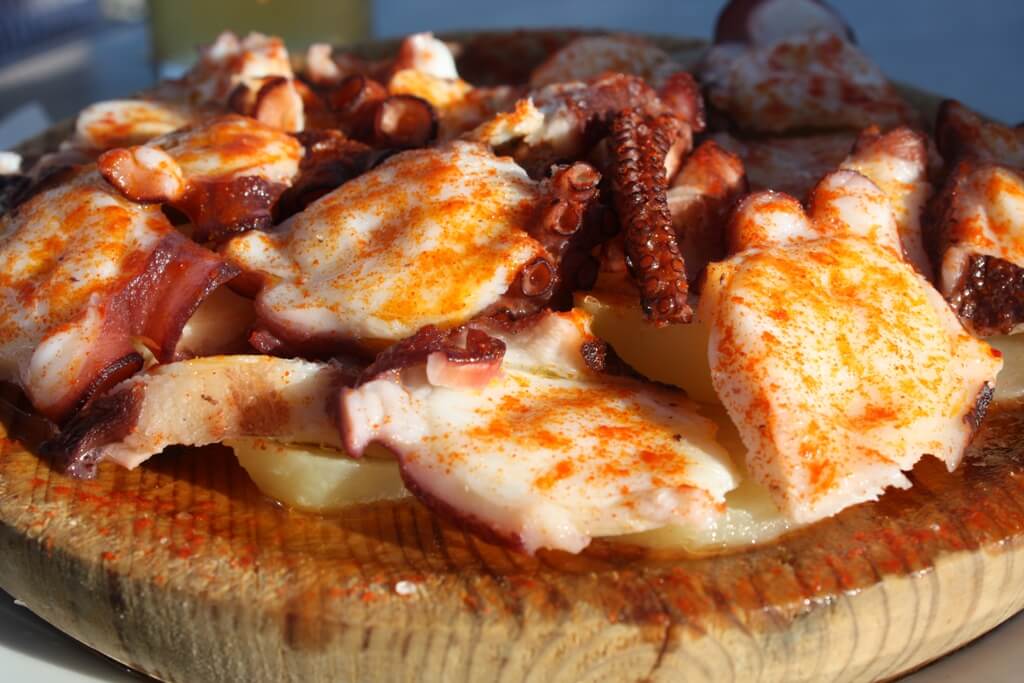
10. Crema Catalana
The Spanish brûlée, this dessert is a rich custard base with a crisp caramelized sugar crust. Originating in Catalonia, it is often flavored with lemon or orange zest combined with cinnamon.
4. Additional Tips for Spain Traveling
Pack Smart
When traveling to Spain, pack light, versatile and weather-appropriate clothes, comfortable shoes for walking and travel-sized toiletries that won’t weigh down your luggage allowance.
If you need them, pack your prescription medications, a mini first aid kit, and copies of important documents including your passport and travel insurance documents. An adaptor for European plugs, sunscreen and a reusable water bottle are also a good idea.
Cash, Local Payment Apps and Transport Apps
Carry some cash to use in smaller establishments, which may not accept cards, particularly outside of major cities and towns.
Some Spanish companies have their own apps for payments, such as the Bizum app for making payments or the TMB App for transport in Barcelona

Local Customs and Etiquette
Greeting locals with common pleasantries – ‘Hola’ (Hello) and ‘Gracias’ (Thank you) – and dressing modestly, particularly at religious sites, will go a long way to showing respect.
It’s common courtesy in Spain to avoid loud or raucous behavior in public spaces, and most Spanish towns and cities observe the siesta custom, when shops close and noise should be kept to a minimum.
Transport Options
Spain’s transport system is highly developed, with buses, high-speed rail (the AVE) and domestic flights at your disposal.
Cities like Madrid and Barcelona have extensive metro networks, while buses are great for budget travelers or if you’re visiting a rural area. Trains, particularly those running through the countryside, can make for a scenic travel experience.
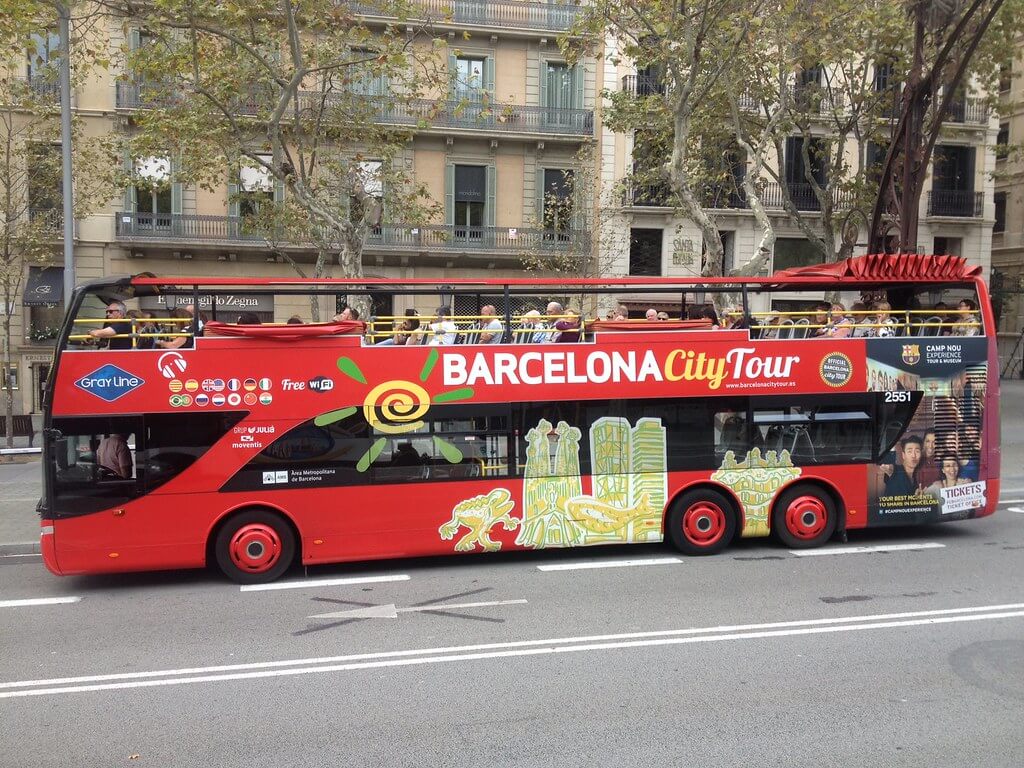
Rent a Car or Scooter
While it’s not entirely necessary to rent a car to explore Spain, doing so can give you greater freedom to discover rural areas away from the tourist trail. Of course, it also means you will be contending with narrow country roads and urban traffic, while parking can be a nightmare in cities.
To rent a vehicle, you will need an International Driving Permit, and remember to familiarise yourself with Spanish traffic laws. If you choose to rent a scooter, wear a helmet at all times.
Communication: Language Tips
Brasha up on your Spanish ahead of a trip to Spain – it’ll open up so many more opportunities once you’re there.
Here are some daily languages you might need to know:
‘How much is this?’ -‘¿Cuánto cuesta?’
Please-Por favor
Where is…-¿Dónde está…
Though many Spaniards speak English, particularly in tourist hotspots, displaying courtesy by attempting Spanish can prove invaluable in less tourist-centric areas.
